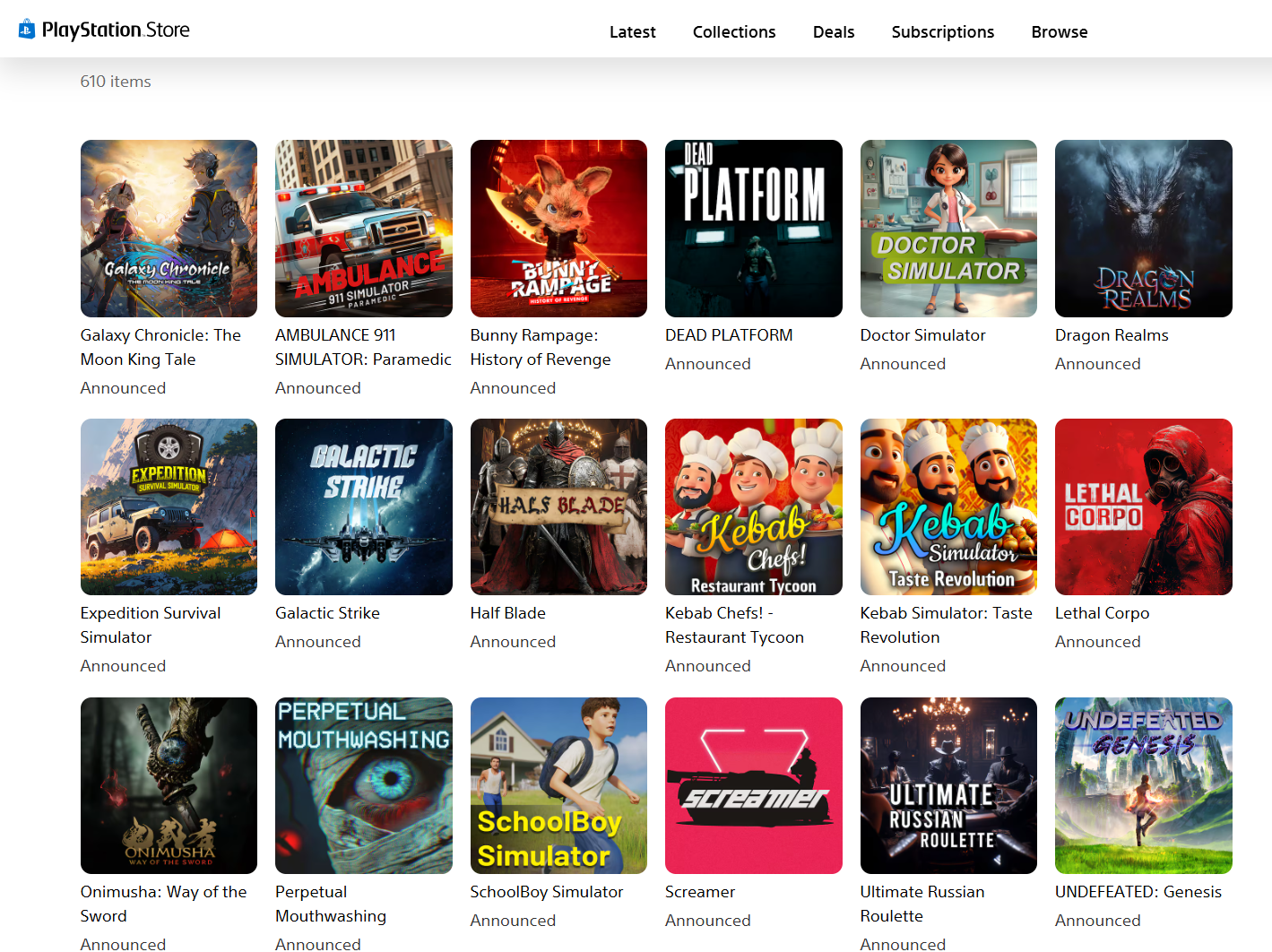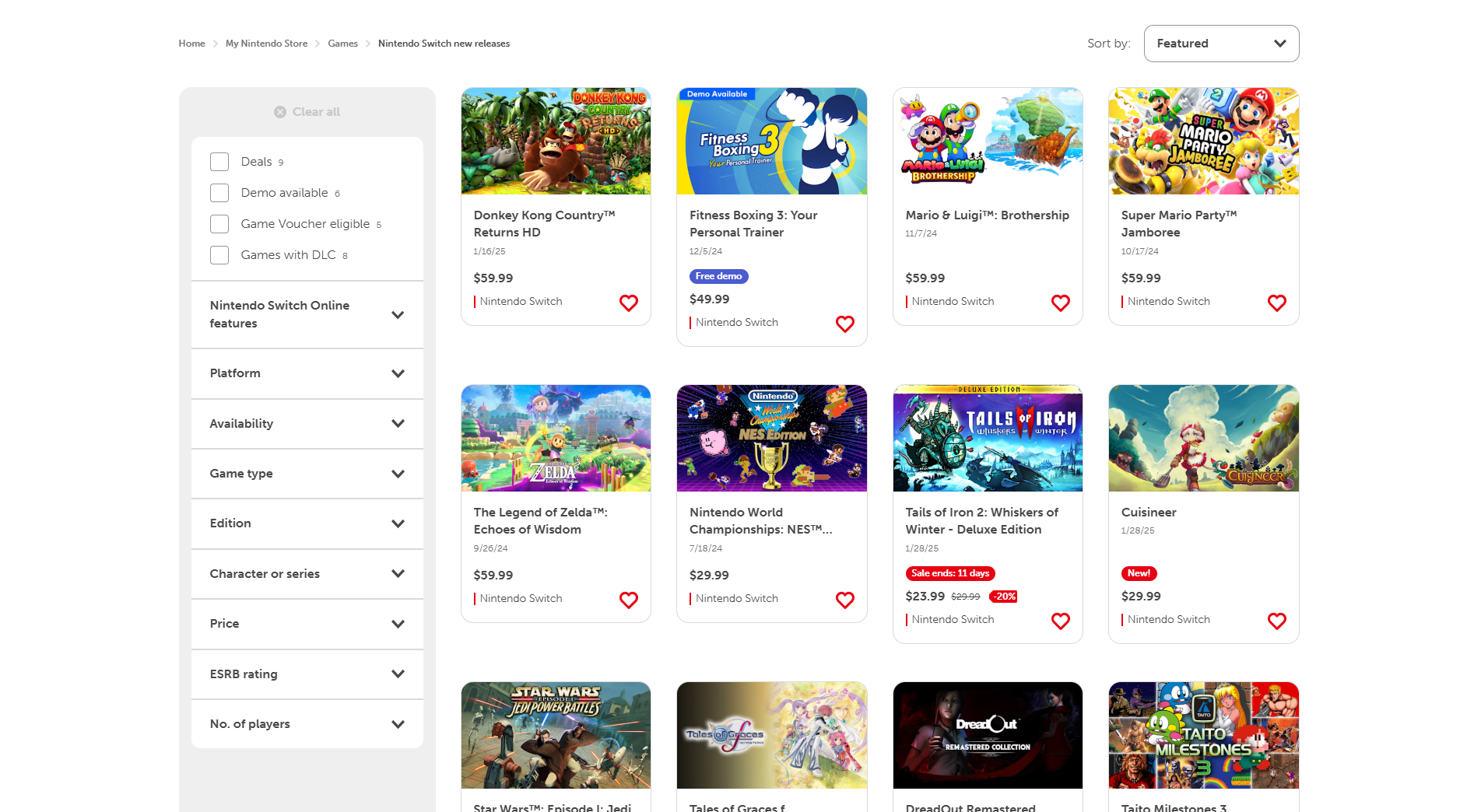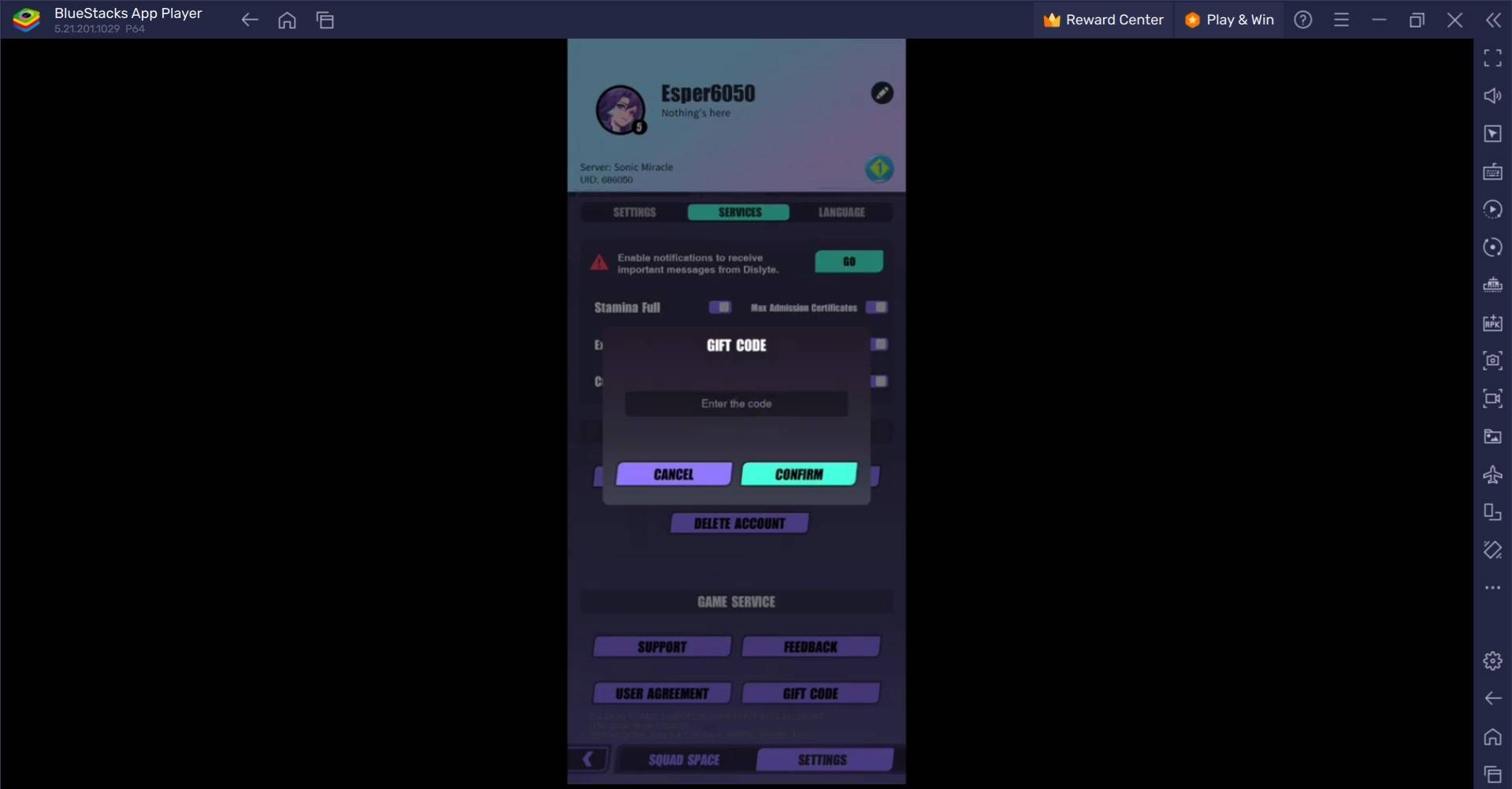The PlayStation Store and Nintendo eShop are experiencing an influx of low-quality games, often described as "slop," raising concerns among users. These games, frequently simulation titles, utilize generative AI for misleading marketing materials and often bear striking resemblance to popular titles, sometimes even mirroring their names. This issue, initially prominent on the eShop, has recently spread to the PlayStation Store, particularly impacting the "Games to Wishlist" section.
The problem isn't simply the presence of "bad" games, but the overwhelming quantity of near-identical, low-effort titles crowding out other releases. These games often feature poor controls, technical issues, and limited gameplay, failing to live up to their advertised visuals and descriptions. A small number of companies appear responsible for this surge, making them difficult to identify and hold accountable due to their lack of readily available online presence or business information. Some even employ the tactic of frequently changing company names.
User frustration has led to calls for increased regulation on both storefronts, particularly given the eShop's already sluggish performance, further exacerbated by the sheer volume of games. This investigation explores the reasons behind this phenomenon, comparing the experiences of PlayStation, Nintendo, Steam, and Xbox storefronts.
The Certification Process
Interviews with eight game development and publishing professionals (all requesting anonymity due to concerns about platform holder reprisal) revealed insights into the game release process across the four major storefronts. Generally, developers must first gain access to development portals and, for consoles, devkits. This involves pitching their game to the platform holder (Nintendo, Sony, Microsoft, or Valve).
Following this, developers complete forms detailing the game's technical aspects and features. The certification (or cert) process then verifies compliance with platform requirements, including checks for legal violations and ESRB rating accuracy. Platform holders are particularly strict regarding age ratings, with any discrepancies potentially halting the release. It's crucial to note that cert is not a quality assurance (QA) check; that responsibility lies with the developer/publisher. Platforms primarily ensure code compliance with hardware specifications.
The certification process frequently lacks transparency, with developers often receiving only error codes without detailed explanations for rejections. Nintendo was cited as particularly opaque in this regard. Upon successful certification, the game is ready for release; otherwise, it's returned for revisions.
Store Page Review
While all platform holders have requirements for accurate game representation in store page screenshots, enforcement varies significantly. Reviews primarily focus on ensuring consistent branding and language accuracy, not necessarily the accuracy of the game's depiction. One anecdote highlighted a case where Nintendo rejected screenshots due to unrealistic graphical elements impossible to render on the Switch.
While Nintendo and Xbox review all store page changes, PlayStation conducts a single check near launch, and Valve only reviews the page initially. The level of diligence in verifying the accuracy of game descriptions and store page information also varies, with some platform holders relying heavily on developer-provided information. The consequences for misleading screenshots are typically limited to removal of the offending content, though severe violations could lead to delisting. None of the three console storefronts have specific rules regarding generative AI use in games or marketing materials, although Steam includes a disclosure request in its content survey.
The "Slop" Phenomenon: A Closer Look
The disparity in the volume of "slop" games across different storefronts can be attributed to several factors. Microsoft's game-by-game vetting process, unlike Nintendo, Sony, and Valve's developer-based approach, makes it less susceptible to this issue. Xbox's more hands-on approach and higher standards for store pages contribute to its relatively cleaner storefront.
Nintendo's system, however, appears more vulnerable to exploitation. The ease of publishing games after initial developer approval allows for a flood of low-quality titles. Tactics like repeatedly releasing bundles with minimal changes to extend discount periods and maintain prominence on "New Releases" lists further exacerbate the problem. Similarly, PlayStation's "Games to Wishlist" sorting by release date, regardless of actual release, contributes to the visibility of these games.
While generative AI is a factor, it's not the sole cause. Many games utilize generic art, and the technology isn't advanced enough to create complete games that pass certification. Xbox, despite being less affected, might be less likely to restrict generative AI use in the future due to its investment in the technology. The image below shows the PlayStation Store's "Games to Wishlist" section at the time of writing.

The Path Forward
Users have urged Nintendo and Sony to address this issue, but neither company responded to requests for comment. While Sony has taken action against similar issues in the past, the long-term solution remains uncertain. Attempts at community-driven filtering, like Nintendo Life's "Better eShop," highlight the potential for unintended consequences, accidentally targeting legitimate games. Concerns exist that stricter regulation might inadvertently harm quality software. The challenge lies in balancing the need to curb low-quality releases with the avoidance of overly restrictive measures that could stifle creativity and innovation. The final image shows Nintendo's browser storefront, which is comparatively less problematic.

 Home
Home  Navigation
Navigation






 Latest Articles
Latest Articles










 Latest Games
Latest Games












